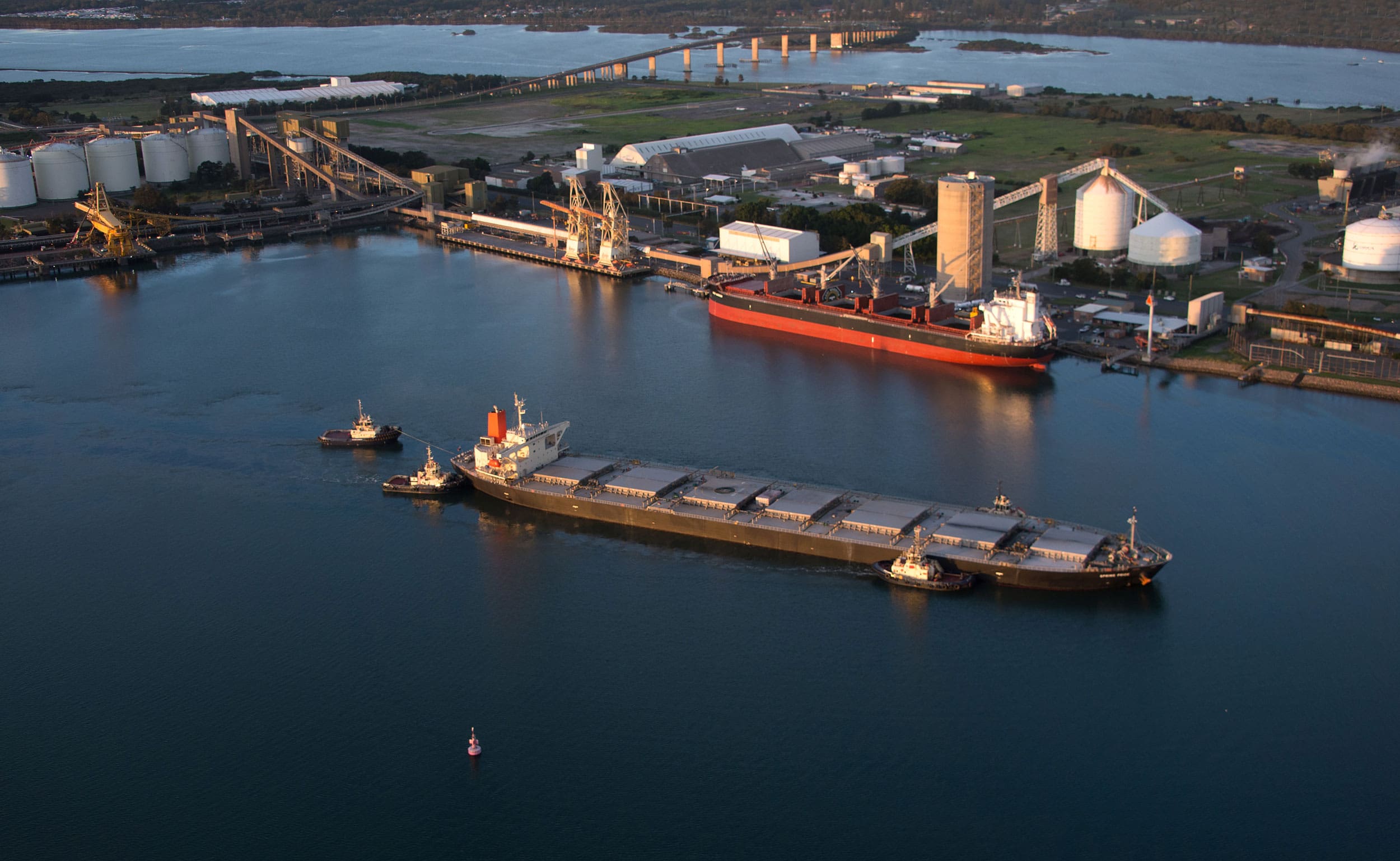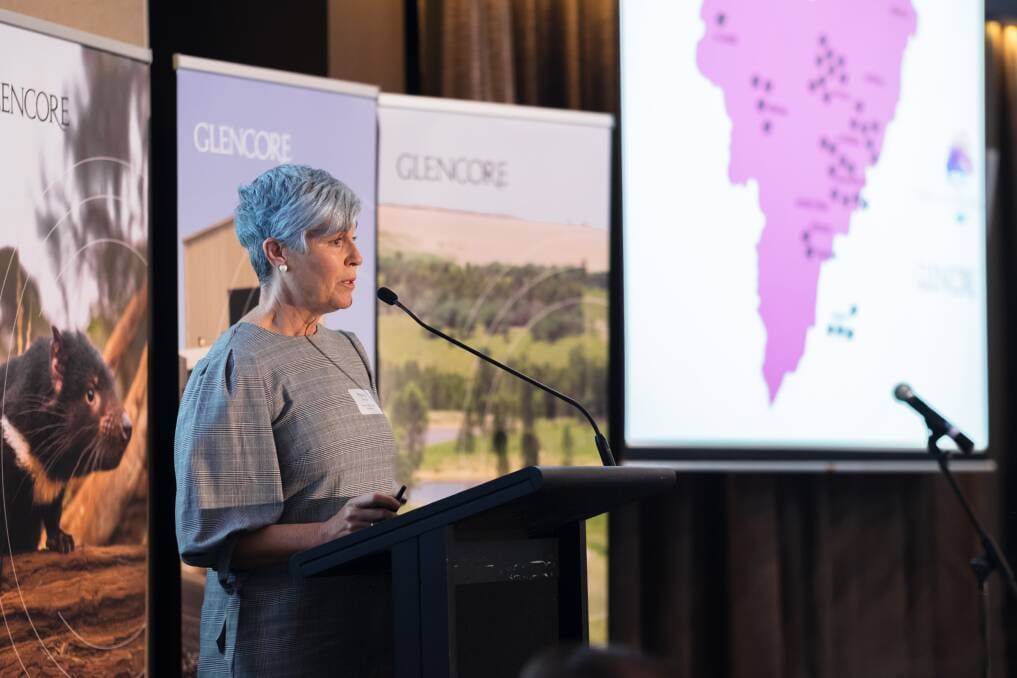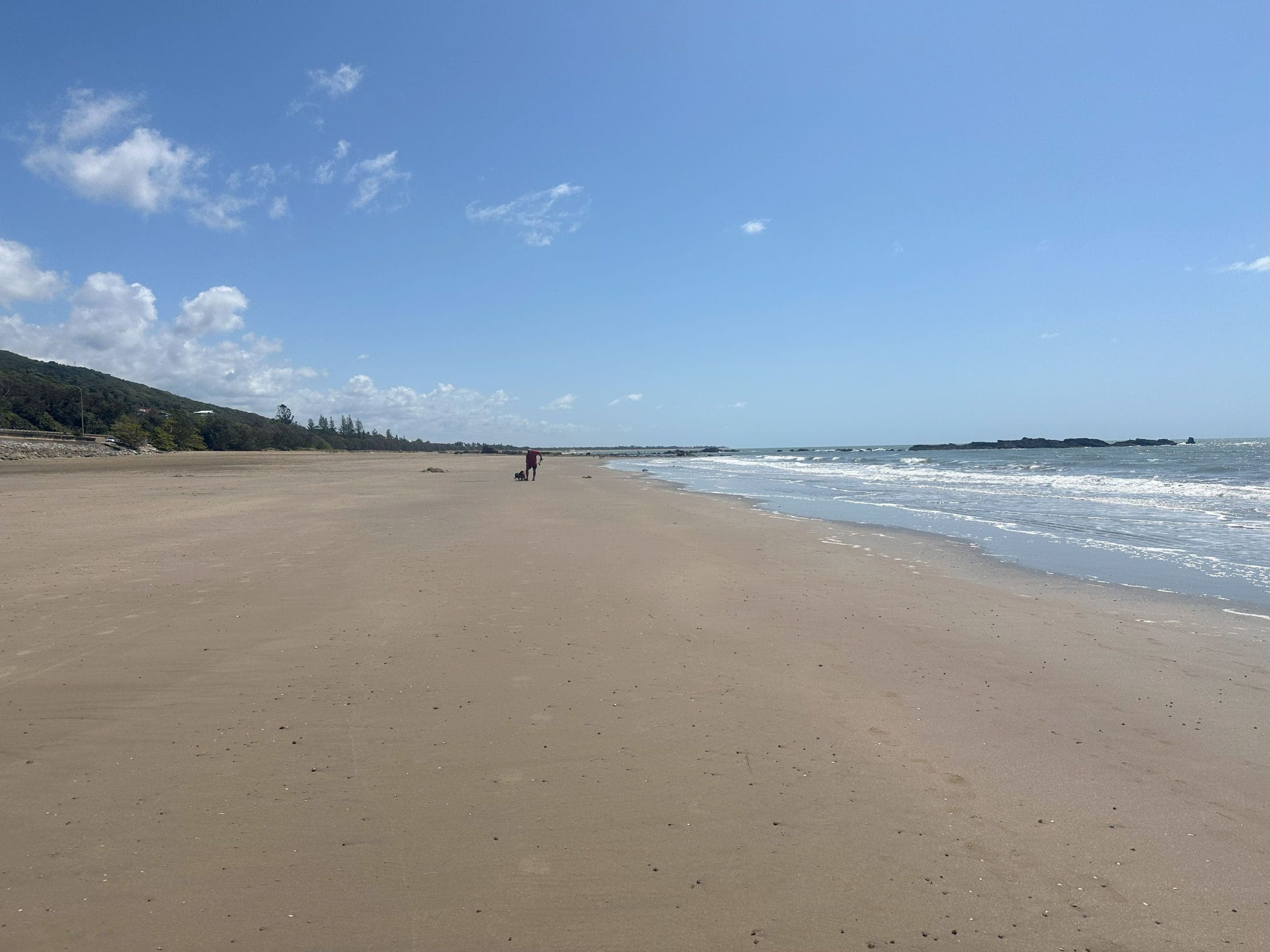Coal export volumes out of the Port of Newcastle are set to surpass recent years, getting back on track after some turbulent weather.
The latest figures on the Port of Newcastle’s exports for the month of September show more than 11.7 million tonnes of coal was shipped out of the port from the various mines across the State. That is on par with the same time last year.
That brought the total for the year until the end of September to 109.48 million tonnes. The main countries coal was exported to included Japan, China, South Korea and Taiwan.
For 2023, 144.5 million tonnes was exported out of Newcastle.
There are three terminals at the Port of Newcastle, two operated by Port Waratah Coal Services (PWCS) and the third operated by the Newcastle Coal Infrastructure Group (NCIG).
The split between them is pretty standard with PWCS accounting for 68 per cent of the exports through the Port of Newcastle and NCIG looking after the rest.
Hennie du Plooy, the Chief Executive Officer at PWCS, said this year has been very strong.
“What we’ve seen at the terminal is a stronger year than we had last year. We are about 8 per cent up in volume compared to where we were at the same time last year and the year isn’t over yet.
“In terms of volumes it’s definitely a stronger year than we have had.
“I think it’s very much related to demand and the industry’s ability to supply. We know that last year there were significant weather impacts like the flooding of the rail line and those sorts of things which put a constraint on exports.
“So with those constraints relieved and being supported by strong and consistent demand for traditional thermal coal, it’s given the industry an opportunity to respond and grow the exports in the way that it has,” said Hennie.
The trade value of the coal that went through the Port last year almost halved going from $61.4 million in 2022 to just $38.6 million.
The Department of Industry, Science and Resources predicted in their June quarterly report that thermal coal spot prices were expected to gradually decline from US$136 a tonne in 2024 to US$115 a tonne by 2026.
The latest data also found demand from China has been greater than expectations, secondary sanctions against Russia are also beginning to take effect and unexpectedly hot weather across several Asian markets has boosted power demand.
Hennie said coal will remain a significant contributor to the region for a number of years to come.
“Coal remains a significant contributor to the region from Newcastle through the Lower Hunter and out west towards Mudgee and as far as Narrabri and Gunnedah.
“About 80 per cent of our expenditure which is almost $200 million a year goes into Newcastle, Hunter and the Central Coast regions so it definitely has local impact and of course state wise when it comes to royalties.”













